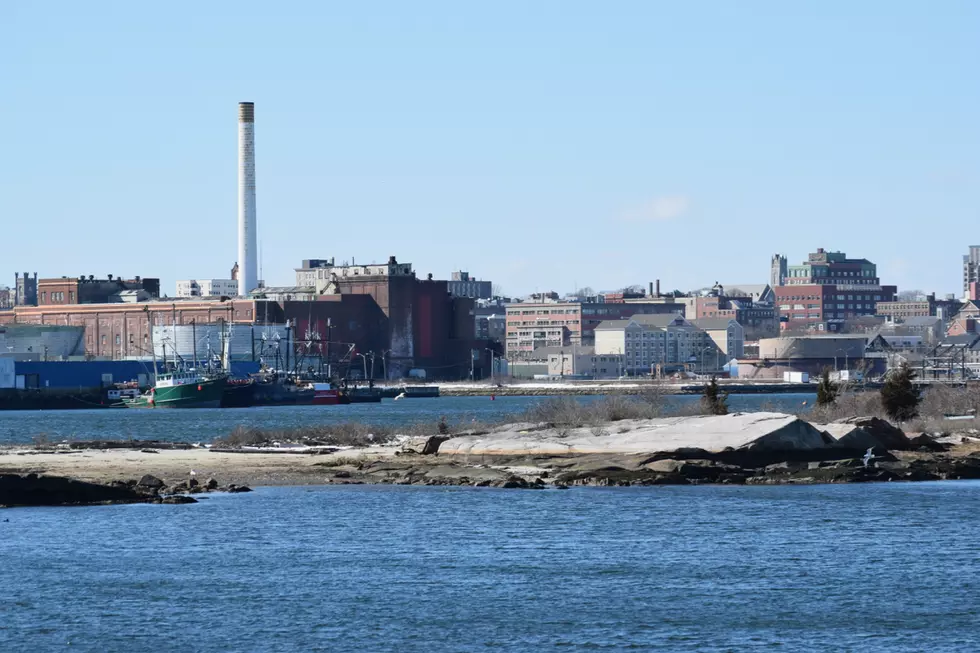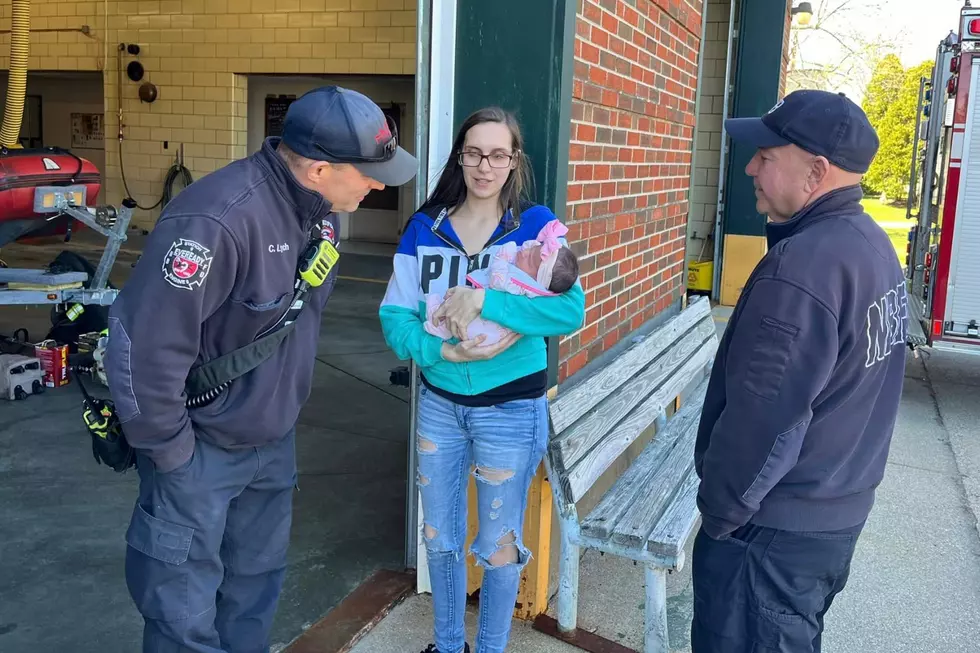
U.S. EPA: No Health Threat from PCB Harbor Emissions
The United States Environmental Protection Agency has responded to a new report released this week that sounds the alarm about PCB air pollution around New Bedford Harbor. In a statement, they said that the airborne levels have never exceeded public health criteria. They defended their work cleaning the harbor and said it has led to significant improvements in air and water pollution.
The EPA added that the biggest risk of PCB exposure in New Bedford comes from eating seafood caught in the upper harbor, where the sediment has been contaminated with the toxic chemicals for decades. The EPA has been conducting dredging, and has nearly completed its cleanup of the PCB-contaminated underwater soils.
The release of the report by public health researchers at Boston University and the University of Iowa raised concern, even though the report mentions that PCB concentrations in the area have actually gotten better, not worse, since 2006.
The report only concluded that any PCB emissions around New Bedford, Fairhaven, Acushnet, and Dartmouth come primarily from the harbor, and not from other industrial sources. Previous reports have documented the fact that the harbor is a source of airborne emissions. The EPA maintains that the levels are not high enough to exceed their public health threshold.
New Bedford Harbor is a superfund site. In 2013, the EPA finalized a settlement with Aerovox, the main company responsible for the contamination. The agency says approximately 425,000 cubic yards of PCB-contaminated sediment has been removed from the Upper Harbor as of December 2017.
PCBs are polychlorinated biphenyls, a class of chemicals linked to serious health concerns, including cancer and endocrine disruption.
In conducting their air quality research, researchers at BU worked with the Toxics Action Center and with Hands Across the River, a local activist group that protests the EPA's methodology in cleaning up the PCB pollution problem. The researchers said they launched their field work around New Bedford in 2015. Volunteers from the groups helped place air capture canisters near the harbor.
Here is the EPA's statement:
"EPA has been monitoring airborne PCBs in and around New Bedford Harbor since the late 1980s. The measured levels of airborne PCBs have never exceeded EPA’s health-based criteria. EPA will continue to closely review our ongoing monthly air sampling results and will take action to protect public health if necessary.
When discussing the risks of exposure to PCBs related to New Bedford Harbor, by far the largest health risk posed is consumption of locally-caught seafood from the area closest to the sources of PCB contamination.
EPA concurs with one of the main conclusions of the paper regarding the harbor cleanup, which is that EPA’s Superfund cleanup “over the last ten years has actually reduced emissions of airborne PCBs.” The paper also states, “As the PCB cleanup continues and the major source of PCBs is removed, it is expected that exposures to PCBs in ambient air will decrease with time.”
EPA remains firmly committed to our work in New Bedford. We are proud that our work to dredge contaminated sediment from New Bedford Harbor is nearly complete. PCB levels in the Upper Harbor are now 100-times lower than they were previously and have been reduced to well below the cleanup level of 10 parts per million. EPA’s cleanup work has already significantly improved – and will continue to further improve – the environment around New Bedford Harbor."

More From WBSM-AM/AM 1420









